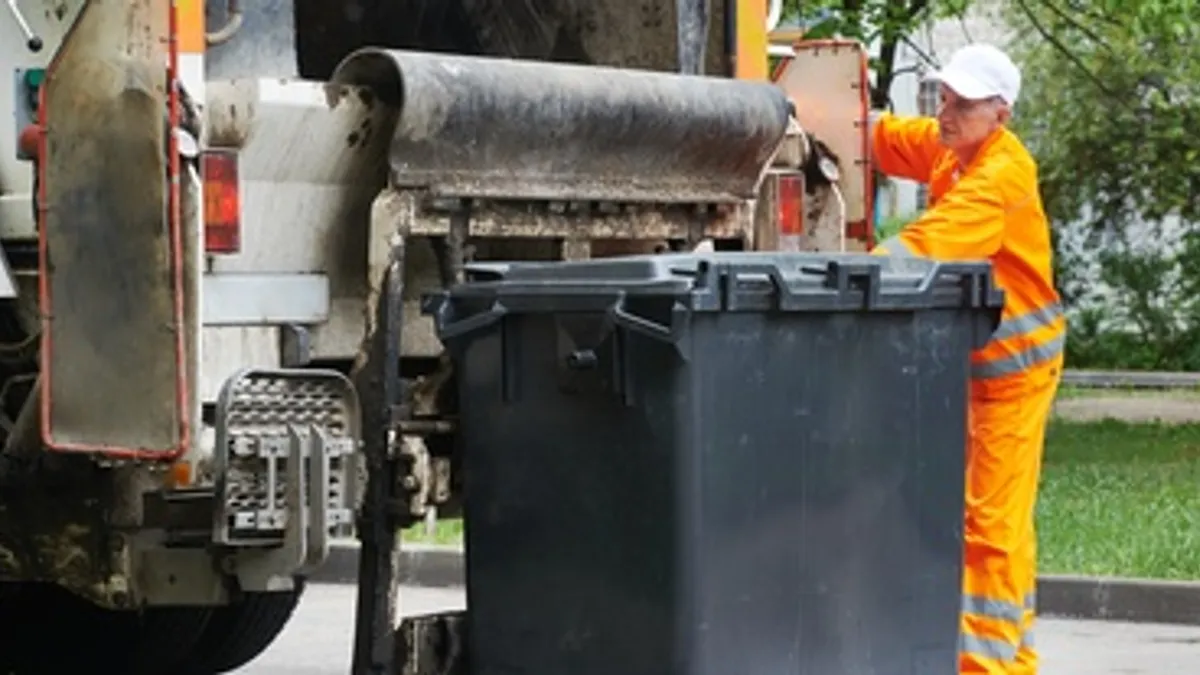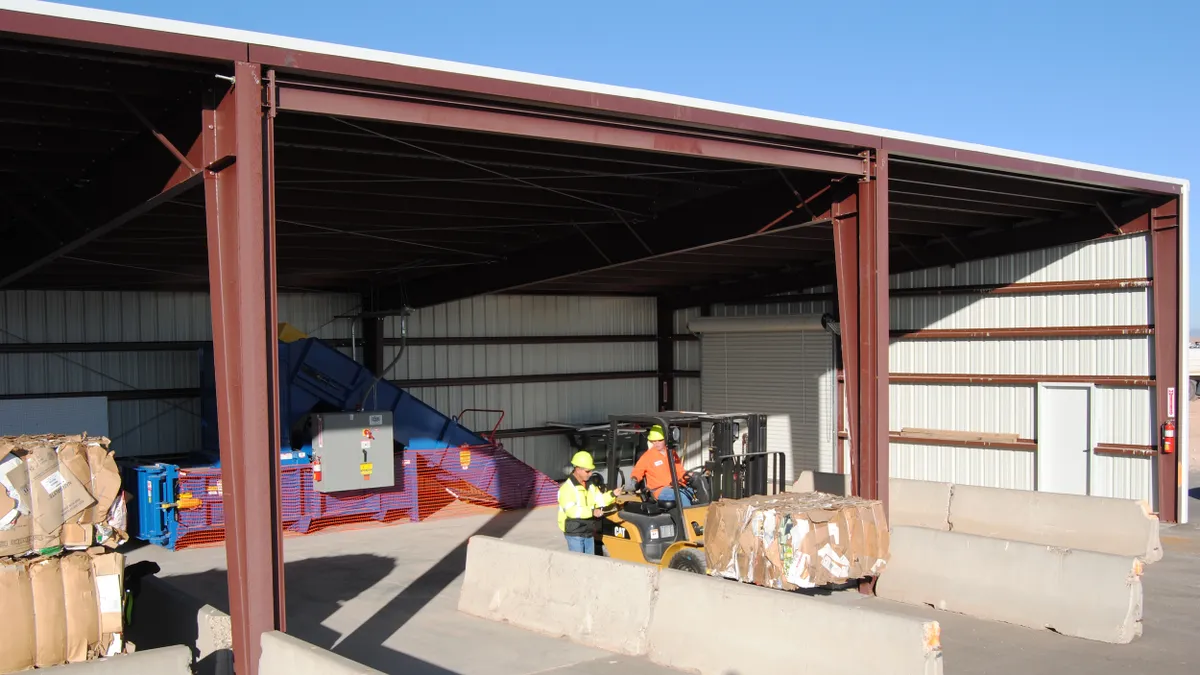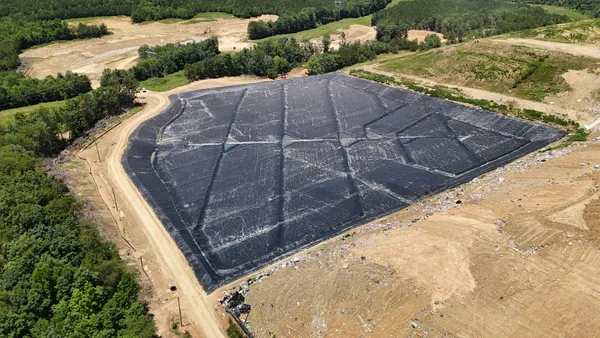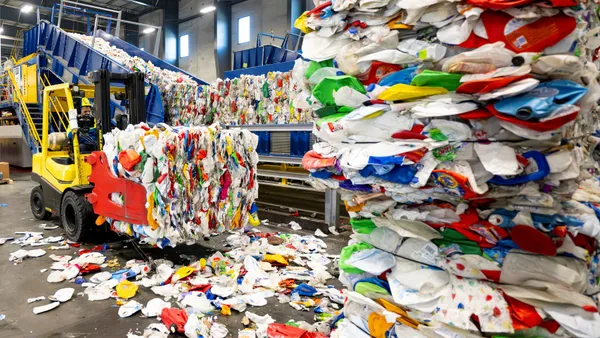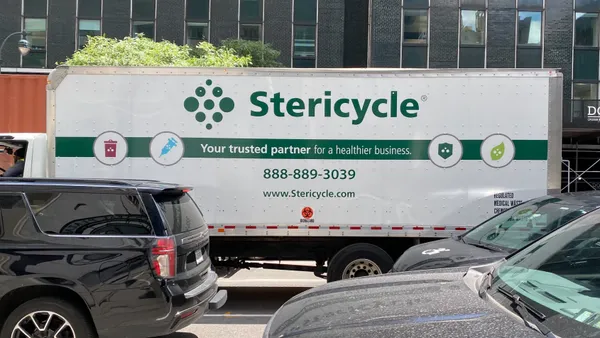Dive Brief:
- The Bureau of Labor Statistics (BLS) released the 2015 Census of Fatal Occupational Injuries Summary, listing refuse and recyclable material collection as the occupation with the fifth highest fatality rate, behind logging workers, fishers, aircraft pilots and roofers. The occupation also ranked fifth in the 2013 and 2014 reports.
- The data shows that there were 33 worker fatalities in 2015, which is an increase from 27 fatalities in 2014. The fatality rate also increased from 35.8% in 2014 to 38.8% in 2015. Overall, 4,836 work-related fatalities were recorded in the U.S. for 2015. This was up from 4,821 in 2014 and is the highest annual figure since 2008. Almost 20% of these workers were employed in the private construction industry.
- In total, the industry - as defined by the categories of solid waste collection, solid waste landfill and materials recovery facilities - had 50 fatalities in 2015. This was up from 40 in 2014, mainly due to the fact that no fatalities had been recorded at landfills in the past two years and nine occurred in 2015. The private sector saw more of an increase than the public sector in these categories.
Dive Insight:
Industry professionals had been hoping to see the occupation's ranking decrease, so the fact that it stayed the same cannot be construed as positive. Data released in October showed a slight decrease in nonfatal injuries and illnesses for the overall industry.
BLS has traditionally released preliminary statistics around September and final data in April but has streamlined the process starting in 2016 with one report. This latest BLS data is close to the 38 employee deaths recorded by the Solid Waste Association of North America between July 2015 and July 2016, though not comparable because they were compiled over a different period.
The trend of vehicle-related incidents making up the majority of fatalities continued and is one of the reasons that multiple industry safety initiatives have focused on that area. The National Waste & Recycling Association will be reprising its Safety Stand Down on vehicle backing next year. In addition, the association is playing a role in developing new ANSI standards for landfill safety that will be first of their kind. Continued emphasis on "Slow Down to Get Around" laws such as the ones signed in 12 states — most recently in New York — can be expected.
In addition to these industry efforts, municipalities and companies also remain focused on safety efforts to solve a problem that remains stubbornly intractable. Safety progress is now noted with prominence in annual corporate sustainability reports. The new commercial waste franchise contracts in Los Angeles also have safety requirements and labor advocates in New York want to see similar provisions in their own potential franchise system as well.
The occupation's continued place among the top five is a sign that all of these efforts and more will be needed to make the industry a safer place to work in the future.



